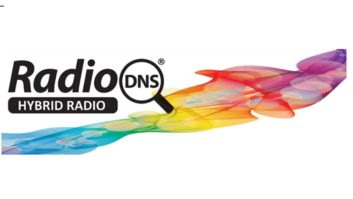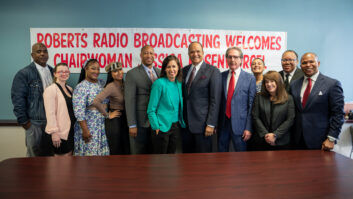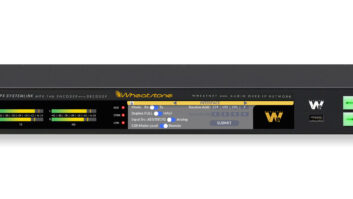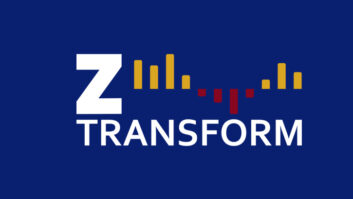 Ecosystems in support of hybrid radio continue to be built.
Ecosystems in support of hybrid radio continue to be built.
From RadioDNS today comes news of two more developments; and we can expect to hear more about these as concepts of hybrid radio take on a larger role in our radio marketplace.
(RadioDNS is a non-for-profit that promotes technical standards for combining broadcast radio and internet technologies that enable interoperability. Its website says the goal is that “content from one radio station can reach a multitude of devices, and devices can get content from a multitude of radio stations.”)
First, the organization has published an update to its Service and Program Standard to add controls for listening based on location, or geo-fencing.
“This was a function requested by some U.S. broadcasters to minimize use of streaming within areas where there’s good FM radio coverage,” said Project Director Nick Piggott.
“As rights to content, particularly music and sports rights, get more complex (and more expensive), constraining access to known areas and platforms gets more important,” he wrote on the RadioDNS website.
He gave these examples of where stations would want to control listening based on location:
- A station prefers listeners not to stream where there is good FM coverage, because streaming is more expensive (technical and rights costs). They define their FM coverage area and “deny” access to streaming within that area. Now streaming should only happen outside the good coverage area.
- The same station may have a known “hole” in their FM coverage, so they can “allow” streaming within the coverage hole, within the good coverage area. So their geo-fencing can contain nested areas.
- A different station may have rights to a sports event but only within their country. They can “allow” streaming within their country, and “deny” it everywhere else. If they’re clever, they can have an alternate stream with different content that is provided outside their country instead.
Piggott said these controls are not just applicable to streaming but can be applied to any analog, digital or streaming distribution platform, and to a whole service or to individual programs. “We’ll be working to help everyone understand what a good implementation looks like.”
The details of that development are here.
Second, RadioDNS has now published its Radio Metadata Terms of Use.
“We’re really hoping this provides the template for the global industry to come to a common understanding of ‘fair use,’ which removes some of the uncertainties on using metadata to enhance broadcast radio,” said Piggott.
This document is an attempt to codify acceptable use of content made available by radio stations for radio devices. It’s a template that broadcasters can adopt if they think it describes how they’d like their metadata and content to be used by device manufacturers.
Piggott wrote about this recently on the Radio World website (read that here.) “We think a standard is valuable because it dramatically reduces the complexity of working out what ‘OK’ looks like, and establishes a consistency that allows manufacturers to make a radio that works for the majority of radio stations globally,” he wrote then.
The RadioDNS website describes this document as a “simple, passive, implied agreement” that will help manufacturers and broadcasters both. “If a manufacturer knows they are using metadata and content as described in these terms, they can use it from every broadcaster who adopts the terms with no further checks. If a broadcaster is happy for their metadata and content to be used as described in the Terms, they can adopt them just by linking to them,’ the site states.
Read more about it on the RadioDNS website.
Piggott noted that the Automotive User Experience Working Group of WorldDAB has just published its recommendations on metadata, and that the National Association of Broadcasters is helping U.S. broadcasters to understand hybrid radio and how it may affect them.











